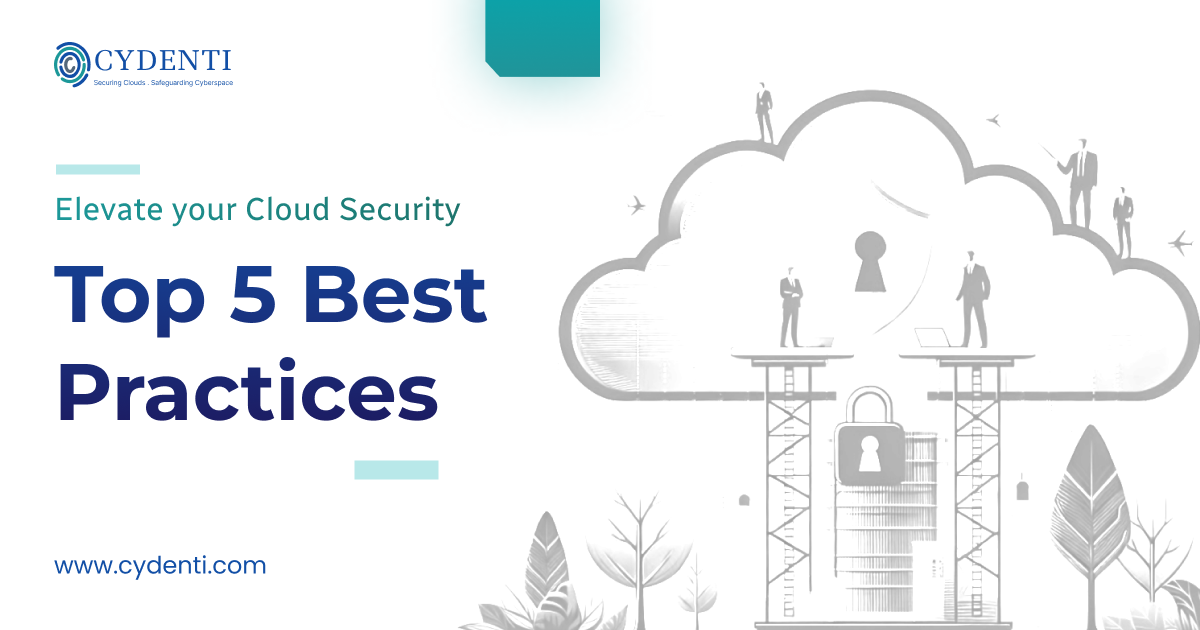Introduction:
In the digital era, the cloud is integral to business operations. But with that comes a critical need for robust security measures. Without them, you risk data breaches, loss of customer trust, and non-compliance penalties. To help your business thrive securely in the cloud, we’ve outlined five best practices that are crucial for safeguarding your digital assets.
Best Practice 1: Regular Security Assessments
Regular security assessments are your early warning system against potential breaches. By continuously monitoring your cloud environment, you can spot vulnerabilities before they’re exploited. Take the case of XYZ Corp., which bolstered its defenses by implementing weekly security checks, resulting in a 40% decrease in security incidents within a year.
Best Practice 2: Data Encryption
Encrypting data, both at rest and in transit, is like adding an unbreakable seal to your sensitive information. With advancements like quantum-resistant algorithms, encryption technology is more robust than ever. Implement these tools to ensure that even if data is intercepted, it remains indecipherable to unauthorized users.
Best Practice 3: Access Control
The principle of least privilege should be your mantra when setting up access controls. Restricting user permissions to only what’s necessary can dramatically reduce the risk of breaches. ABC Ltd.’s stringent access policies recently foiled a data theft attempt, proving the efficacy of tight access control.
Best Practice 4: Employee Training
Your security is only as strong as your weakest link, which is often human error. Regular training can turn your employees into a formidable first line of defense. A notable incident was deflected at DEF Inc. when a staff member identified and reported a phishing attempt, thanks to their security awareness training.
Best Practice 5: Incident Response Planning
An effective incident response plan is your safety net during a security crisis. It should outline clear roles, responsibilities, and actions to swiftly address a breach. GHI Enterprises’ comprehensive response plan enabled them to quickly contain a ransomware attack, minimizing damage and downtime.
Conclusion:
Embracing these five best practices isn’t just about avoiding risks; it’s about creating a secure foundation for your business to innovate and grow in the cloud. Assess regularly, encrypt data, control access, train employees, and plan for incidents. With these measures in place, you can achieve a resilient and robust security posture for your cloud operations.
